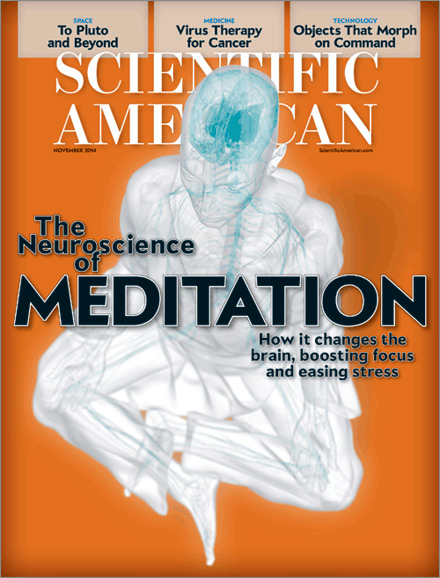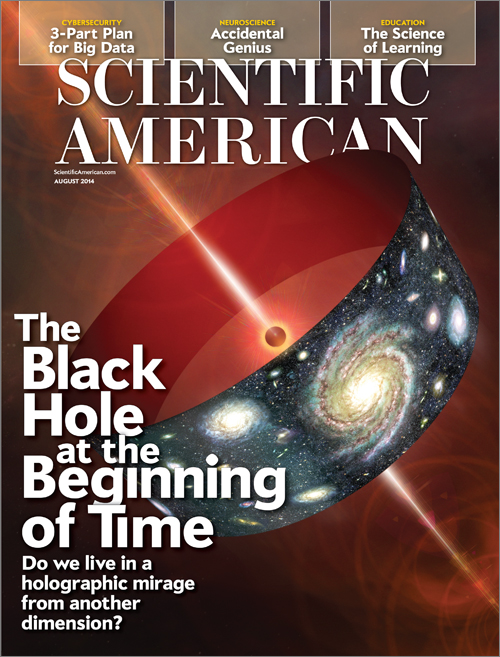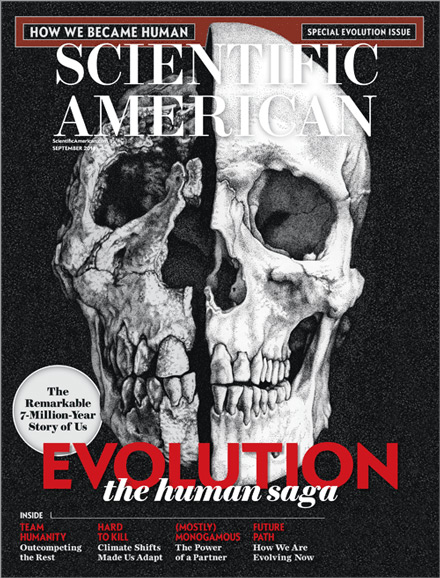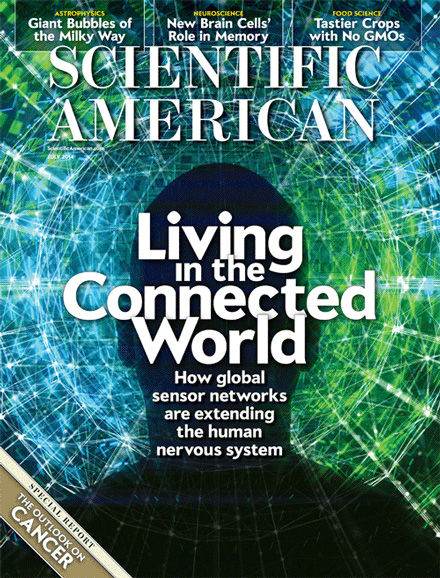November 1, 2014
Do democracies make better lovers?
From Ukraine, Syria and Gaza to the centenary of the First World War in 2014, news junkies and students of history cannot help but wonder if war is a perpetual feature of civilization. German philosopher Immanuel Kant wondered as much in a 1795 essay entitled Perpetual Peace, concluding that citizens of a democratic republic are less likely to support their government in a war because “this would mean calling down on themselves all the miseries of war.” Ever since, the “democratic peace theory” has had its supporters. Rutgers University political scientist Jack Levy, in a 1989 essay on “The Causes of War,” reasoned that the “absence of war between democratic states comes as close as anything we have to an empirical law in international relations.” Skeptics point out such exceptions as the Greek and Punic wars, the War of 1812, the U.S. Civil War, the India-Pakistan wars and the Israel-Lebanon War. Who is right? Can science answer the question?
In their 2001 book Triangulating Peace, political scientists Bruce Russett and John Oneal employed a multiple logistic regression model on data from the Correlates of War Project that recorded 2,300 militarized interstate disputes between 1816 and 2001. They assigned each country a democracy score between 1 and 10, based on the Polity Project, which measures how competitive its political process is, as well as the fairness of its elections, checks and balances of power, transparency, and so on. The researchers found that when two countries score high on the Polity scale, disputes between them decrease by 50 percent, but when one country was either a low-scoring democracy or an autocracy, it doubled the chance of a quarrel between them. (continue reading…)
October 1, 2014
I just witnessed an event so mysterious that it shook my skepticism
Often I am asked if I have ever encountered something that I could not explain. What my interlocutors have in mind are not bewildering enigmas such as consciousness or U.S. foreign policy but anomalous and mystifying events that suggest the existence of the paranormal or supernatural. My answer is: yes, now I have.
The event took place on June 25, 2014. On that day I married Jennifer Graf, from Köln, Germany. She had been raised by her mom; her grandfather, Walter, was the closest father figure she had growing up, but he died when she was 16. In shipping her belongings to my home before the wedding, most of the boxes were damaged and several precious heirlooms lost, including her grandfather’s binoculars. His 1978 Philips 070 transistor radio arrived safely, so I set out to bring it back to life after decades of muteness. I put in new batteries and opened it up to see if there were any loose connections to solder. I even tried “percussive maintenance,” said to work on such devices—smacking it sharply against a hard surface. Silence. We gave up and put it at the back of a desk drawer in our bedroom. (continue reading…)
September 1, 2014
How the survivor bias distorts reality
When I purchased my latest vehicle, I was astonished to get the license plate 6NWL485. What are the chances that I would get that particular configuration? Before I received it, the odds would have been one in 175,760,000. (The total number of letters to the power of the number of letters on the plate times the total number of digits to the power of the number of digits on the plate: 263 x 104). After the fact, however, the probability is one.
This is what Pomona College economist Gary Smith calls the “survivor bias,” which he highlights as one of many statistically related cognitive biases in his deeply insightful book Standard Deviations (Overlook, 2014). Smith illustrates the effect with a playing card hand of three of clubs, eights of clubs, eight of diamonds, queen of hearts and ace of spades. The odds of that particular configuration are about three million to one, but Smith says, “After I look at the cards, the probability of having these five cards is 1, not 1 in 3 million.” (continue reading…)
August 1, 2014
Or just another line item in the budget?
In the year 2393 a historian in the Second People’s Republic of China penned a book about how scientists, economists and politicians living in the 21st century failed to act on the solid science they had that gave clear warnings of the climate catastrophe ahead. As a result, the world experienced the Great Collapse of 2093, bringing an end to Western civilization.
So speculate historians of science Naomi Oreskes of Harvard University and Erik Conway of the California Institute of Technology in their book The Collapse of Western Civilization: A View from the Future (Columbia University Press, 2014), a short scientific- historical fantasy. During the second half of the 20th century— the “Period of the Penumbra”—a shadow of anti-intellectualism “fell over the once-Enlightened techno-scientific nations of the Western world…preventing them from acting on the scientific knowledge available at the time and condemning their successors to the inundation and desertification of the late twenty-first and twenty-second centuries.” (continue reading…)
July 1, 2014
The American dream is not dead yet
One of the best-selling books of 2014 is Capital in the Twenty-First Century by French economist Thomas Piketty, a 696-page doorstop tome on economic history. Why is a data-heavy treatise from the “dismal science” so appealing? Because it is about income inequality and immobility, which in a December 2013 speech President Barack Obama called “the defining challenge of our time,” concluding that it poses “a fundamental threat to the American dream.” But does it? Maybe not.
The rich are getting richer, as Brookings Institution economist Gary Burtless found by analyzing tax data from the Congressional Budget Office for after-tax income trends from 1979 through 2010 (including government assistance). The top-fifth income earners in the U.S. increased their share of the national income from 43 percent in 1979 to 48 percent in 2010, and the top 1 percent increased their share of the pie from 8 percent in 1979 to 13 percent in 2010. But note what has not happened: the rest have not gotten poorer. They’ve gotten richer: the income of the other quintiles increased by 49, 37, 36 and 45 percent, respectively. (continue reading…)





